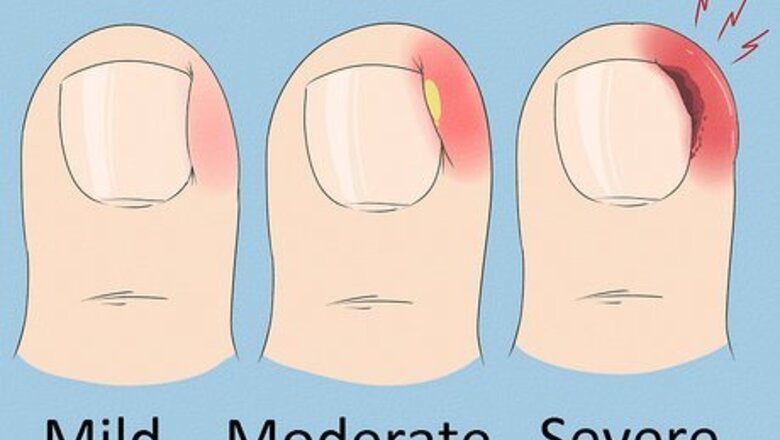
views
Will an ingrown toenail heal itself?
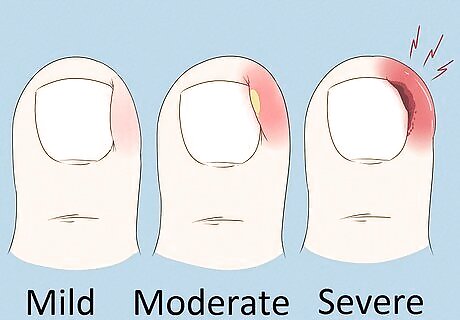
It’s possible if your case is mild. If your toenail is red, a little swollen, and not infected, you may not need professional medical treatment. You can try letting the nail grow out on its own. What happens if you leave an ingrown toenail? It could get infected, so it's best to see a doctor unless your case is mild. In the first, or mild, stage of an ingrown toenail, the surrounding skin is a little red and sore. In the second, or moderate, stage, there is more swelling and you may notice pus or discharge. In the third, or severe, stage, increased redness, pain, swelling, and discharge indicate an infection.
How long does it take for an ingrown toenail to grow out?

It could take about 2 weeks with self-care. In healthy young adults, toenails grow an average of 1.62 mm per month. Unfortunately, toenails grow slower than fingernails. And, healthy nails might grow faster than those that are damaged or ingrown. Most experts suggest seeking treatment for an ingrown toenail instead of trying to let it grow out on its own.
How do you get rid of an ingrown toenail at home?
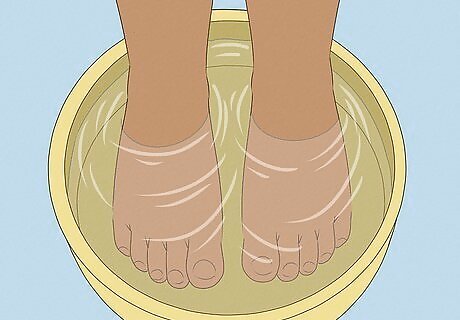
Soak your foot in warm water. Soak your affected foot in warm water for 15-20 minutes 3-4 times per day. This helps soften the skin and nail and reduces swelling and pain. You can add a mild soap or Epsom salts to the warm water. Dry your feet thoroughly afterward. Wear moisture-wicking socks and breathable shoes.
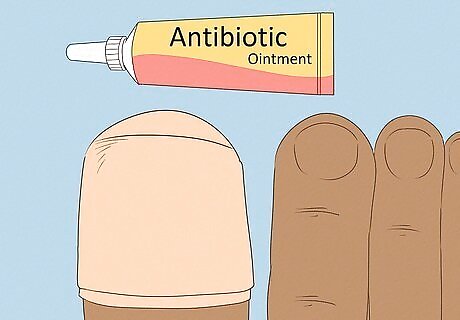
Apply an antibiotic ointment if the problem worsens. If you notice increased redness or swelling, an antibiotic ointment may help prevent an infection. After soaking your toe, let it dry, then apply an over-the-counter antibiotic ointment to the problem area. You can cover the toe with a bandage, as well.
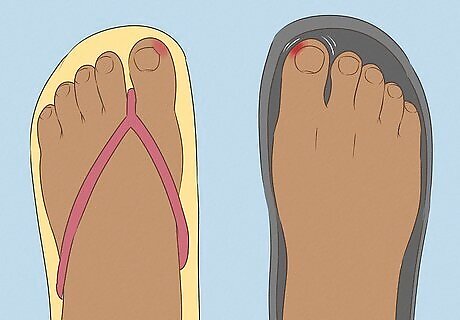
Wear comfortable shoes that fit well. Shoes that are too tight or pinch your toes can cause ingrown toenails and make existing problems worse. If you’re dealing with an ingrown toenail, opt for sandals or other open-toed shoes if you can. If you need to wear close-toed shoes, pick a pair with enough room in the toe box for you to wiggle your toes.
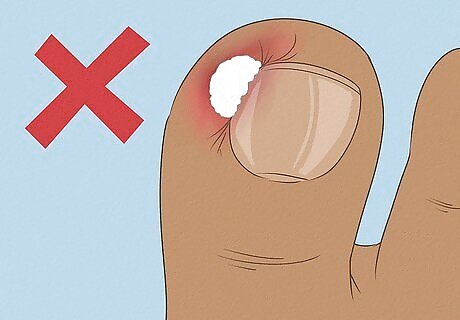
Avoid putting cotton underneath the nail. Many websites suggest lifting up the corner of the nail and putting a piece of cotton underneath it to prevent the nail from digging into your skin. However, the American College of Foot and Ankle Surgeons advises against it. The cotton creates a perfect home for bacteria, which increases the likelihood that your ingrown toenail will get infected.
Should you dig out an ingrown toenail?
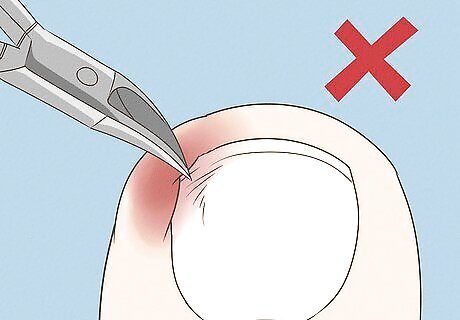
No, you definitely shouldn't dig out an ingrown toenail. Cutting the nail itself or trying to remove the skin around it is likely to make the problem worse and can lead to an infection. Don't try to dig out the ingrown toenail at home. If you need to cut your toenail, trim it carefully straight across.
When should you go to the doctor for an ingrown toenail?
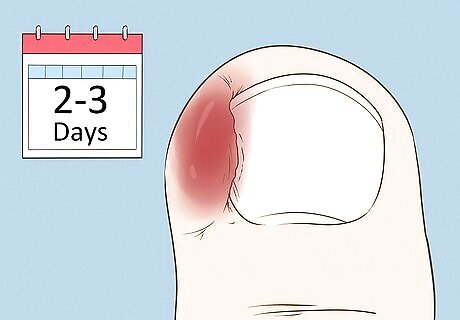
See a doctor if home treatments don’t help. If, after 2-3 days, your ingrown toenail doesn’t look or feel better, schedule an appointment with a podiatrist (a doctor who specializes in feet). They can determine the best course of action based on the stage of your ingrown toenail.

Make a doctor’s appointment if your toenail is infected. It’s quite common for ingrown toenails to become infected, and an infection needs medical treatment. If your ingrown toenail is red, swollen, and painful and you notice pus or other discharge, visit a doctor so they can prescribe antibiotics to treat the infection.

Get medical treatment if you have diabetes or another health condition. Avoid trying to treat an ingrown toenail at home if you have poor blood circulation, nerve problems in your legs or feet, or diabetes. Instead, see your primary care provider or a podiatrist right away.
What will a podiatrist do for an ingrown toenail?

Most often, a podiatrist will remove part of your toenail. There are a few different procedures available depending on the location and severity of the ingrown toenail. In general, a podiatrist will use local anesthetic to numb your toe before cutting away the infected or ingrown part of your toenail. They then apply a solution to the root of the nail to prevent the removed part of the toenail from growing back. After the procedure, most doctors will recommend that you soak your foot in an Epsom salt bath twice a day. Use 1-3 tablespoons of Epsom salt per 1 liter of water. Keep your nails and feet clean and dry and wear comfortable, roomy shoes.
Can ingrown toenails be prevented?
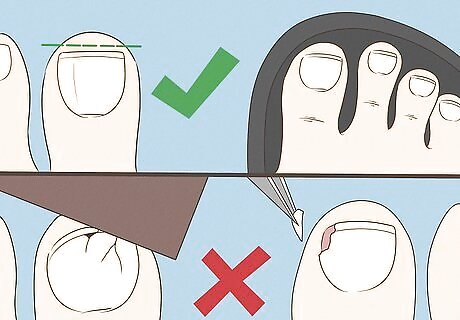
In many cases, yes, ingrown toenails can be prevented. Some people may be more likely to get ingrown toenails because of their genetics. However, there are steps you can take to reduce the likelihood of developing an ingrown toenail, including: Cutting your toenails straight across (with no rounded corners; allow the edge of the nail to extend just past your skin) Wearing shoes that are roomy and allow you to wiggle your toes Avoiding injury or trauma to the toes Avoiding picking or tearing the corners of your toenails
















Comments
0 comment